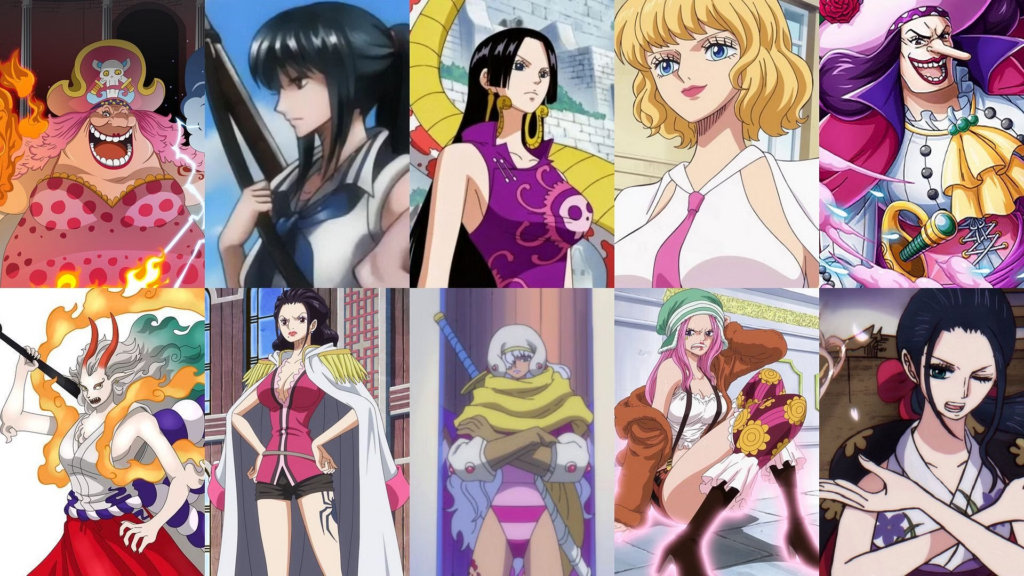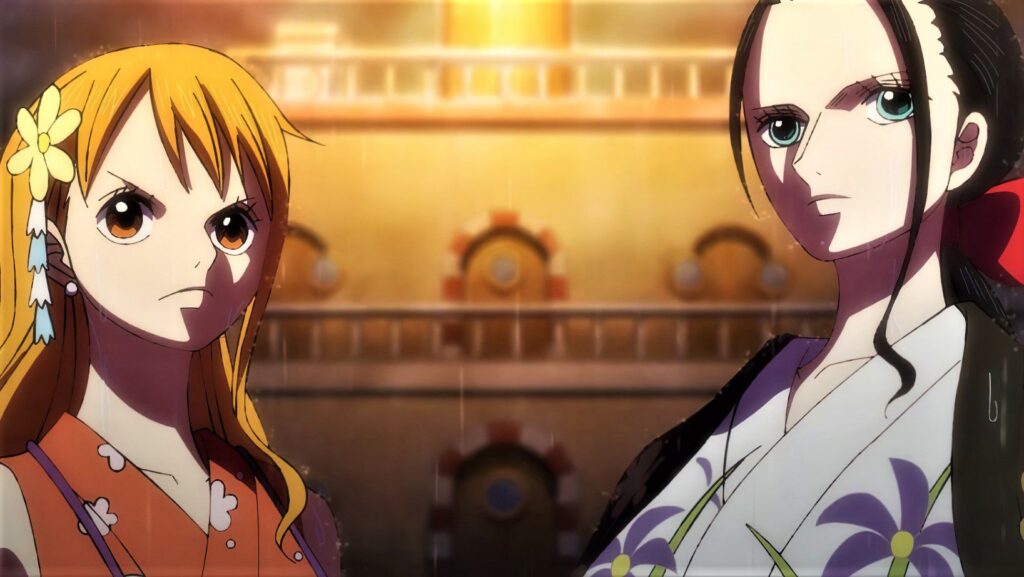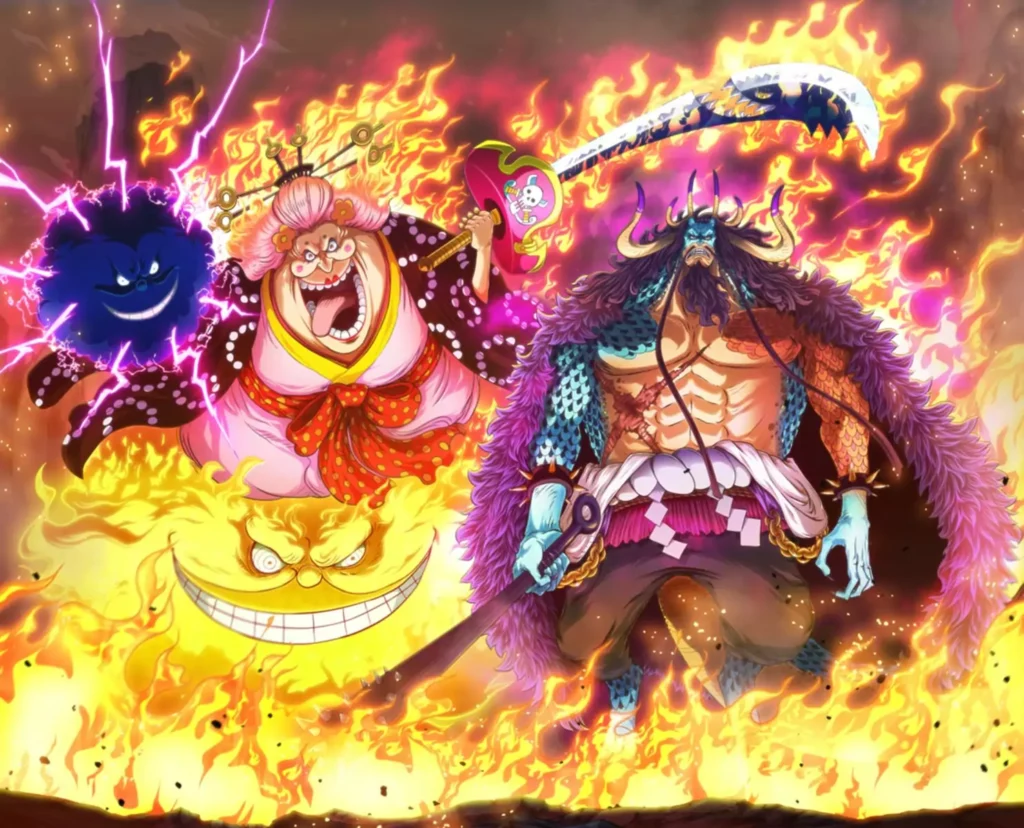One Piece has captured the hearts of fans worldwide with its rich storytelling and diverse cast of characters. In this article, we will delve into the treatment of female characters in One Piece and how the series has contributed to the representation of women in the world of anime.
Strong and Independent Women

“One Piece” is renowned for its portrayal of strong and independent female characters who defy traditional gender roles. Characters like Nami, Nico Robin, and Boa Hancock are integral to the series and exhibit a range of abilities, from navigation skills to archaeology and combat prowess. They are not defined by their relationships with male characters but stand as individuals with their own ambitions and strengths.
Variety in Characterization

Eiichiro Oda has been praised for creating a diverse array of female characters, each with her own unique personality, goals, and flaws. This diversity breaks away from one-dimensional stereotypes and showcases the complexity of women’s experiences. From the determined and resourceful Nami to the enigmatic and intellectual Nico Robin, “One Piece” offers a range of role models for viewers.
Female Characters in Positions of Power

“One Piece” also portrays women in positions of power and leadership. Figures like Big Mom, the Yonko of the Sea, and Tsuru, demonstrate that women can hold significant influence and authority in the series’ world. This representation challenges the notion that positions of power are reserved exclusively for male characters.
Embracing Complexity
In “One Piece,” female characters are not immune to making mistakes or facing challenges. They are portrayed as complex individuals with their own strengths and weaknesses. This nuanced approach to character development makes the women of “One Piece” relatable and humanizes them, reinforcing the idea that women are not limited by perfection but are defined by their resilience and growth.
In summary, “One Piece” has played a significant role in the treatment of female characters in anime, offering a refreshing and empowering perspective that enriches the world of storytelling and encourages viewers to embrace the complexities of women’s narratives.


